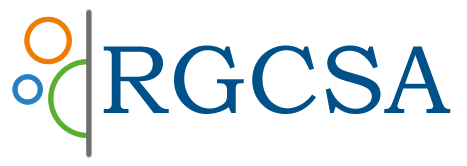Author: Sabatini S
Abstract: The status of women in the Middle Ages was ambiguous, because although they had great responsibility and expertise in practical affairs they were viewed as chattel and inferior to men. They were skilled in cookery, often of highly spiced didshes using a variety of ingredients and flavorings, and they were taught the use of medicinal herbs. They were often skilled in simple first aid, though they were not allowed to practise outside the home. An important exception to this was Hildegarde von Bingen, whose Physica brought her great renown. In it she became the first woman to discuss plants in relation to their medicinal properties. For most people in the Middle Ages, treatment revolved around herbs and diet, together with faith and holy relics and the use of (forbidden) pagan incantation and ritual. Astrology was often a necesssary adjunct to treatment. In Salerno, however, medicine had been practised from classical times, and medical training could last for 7 years or more. One of the greatest medieval medical texts is the Taculnum Sanitatis, which describes in detail the 6 essentials for the preservation of man’s health. Several vegetables and herbs are mentioned in connection with the kidneys, the picking and preparation of which are imbued with magic.
Keywords: women, medicine, medical herbs, Hildegarde von Bingen, faith, pagan, incantation, astrology, magic,
Notes:
Publication: American Journal of Nephrology
Issue: 14 (4-6)
Dated: 1994
Pages: 391-8
Women, medicine and life in the MIddle Ages (500-1500 AD
Posted in Free Research Abstract
